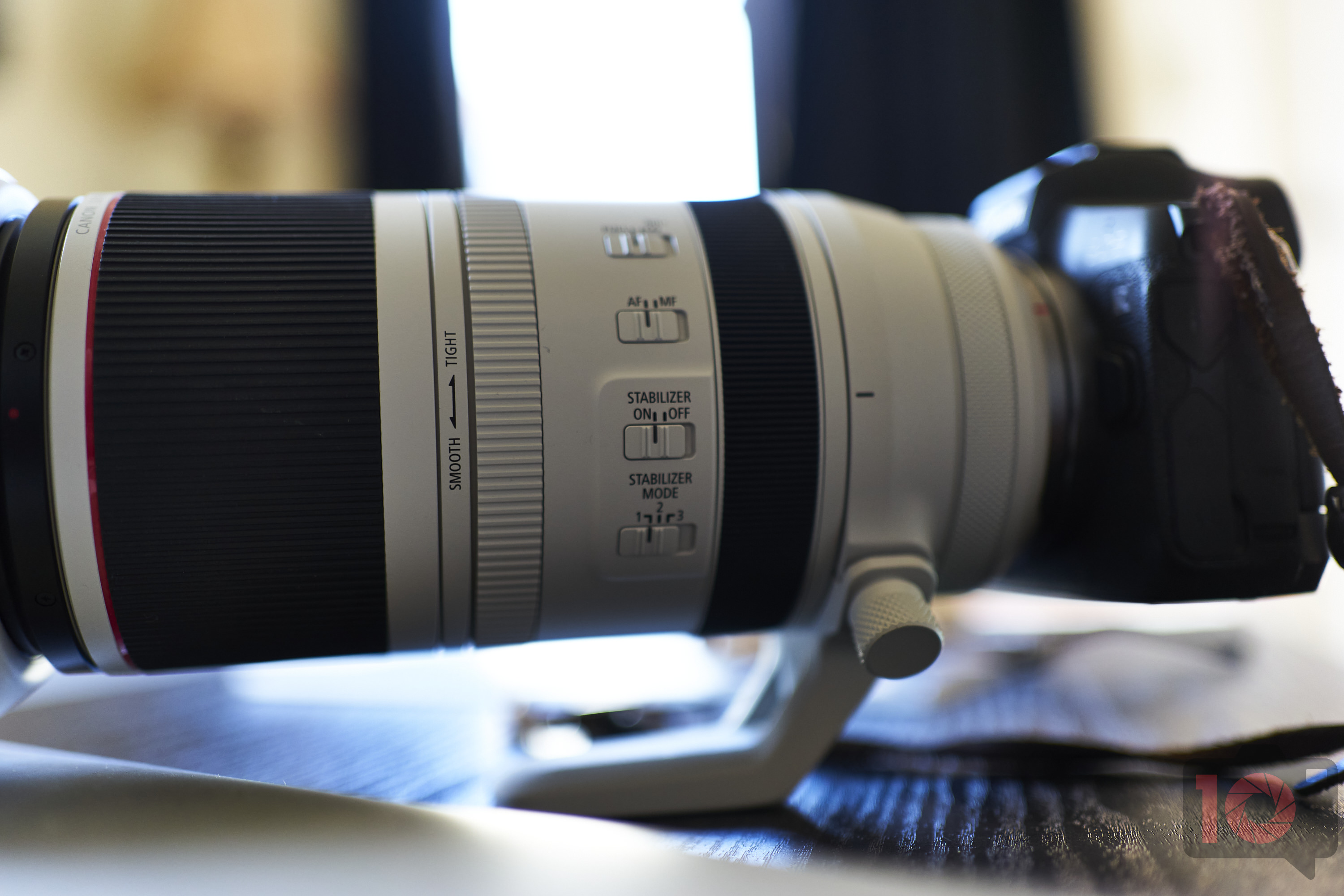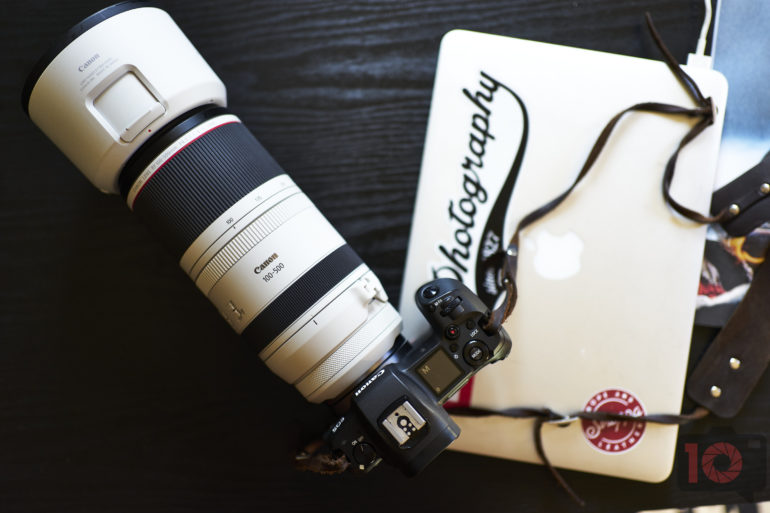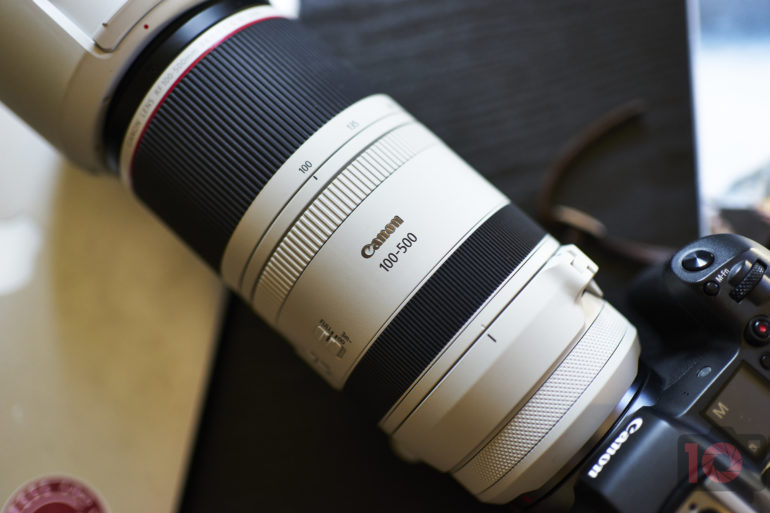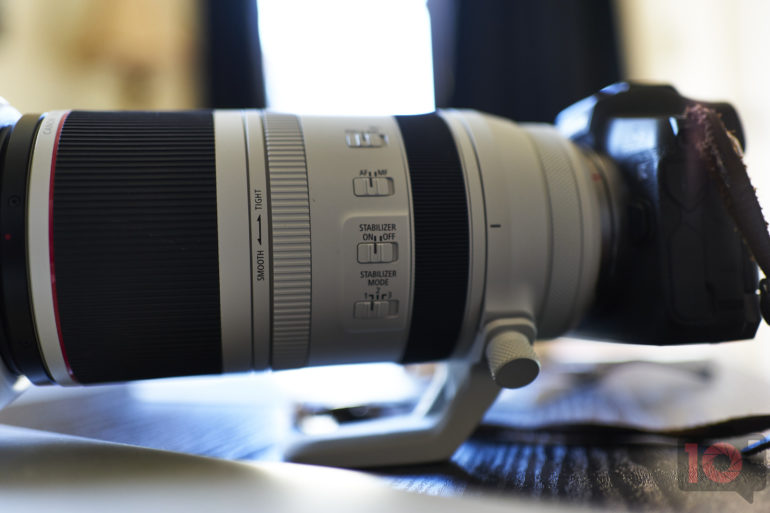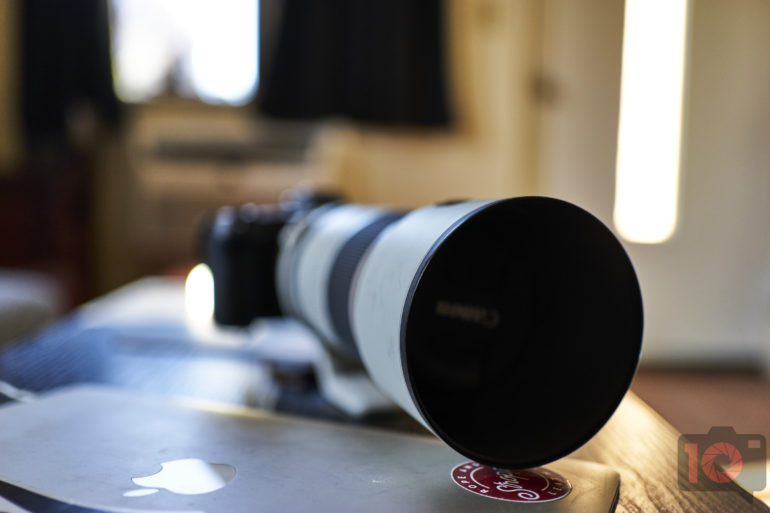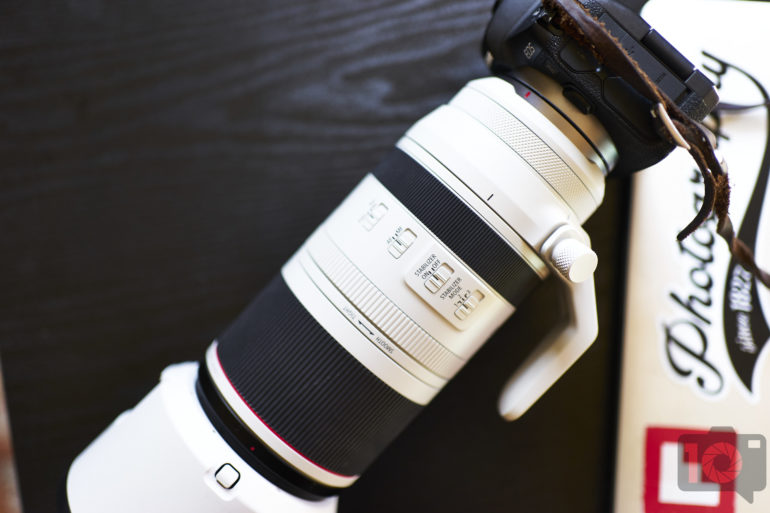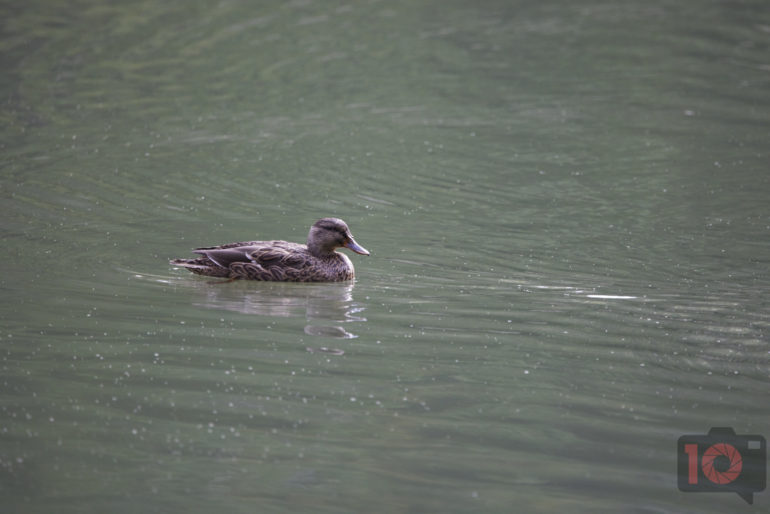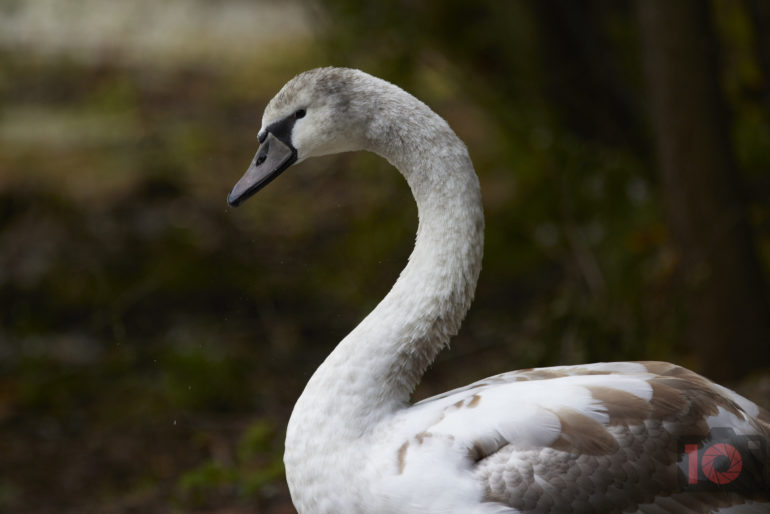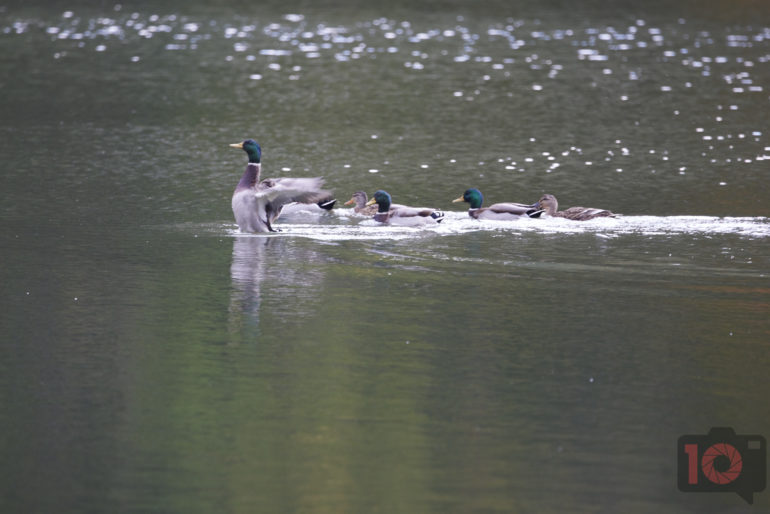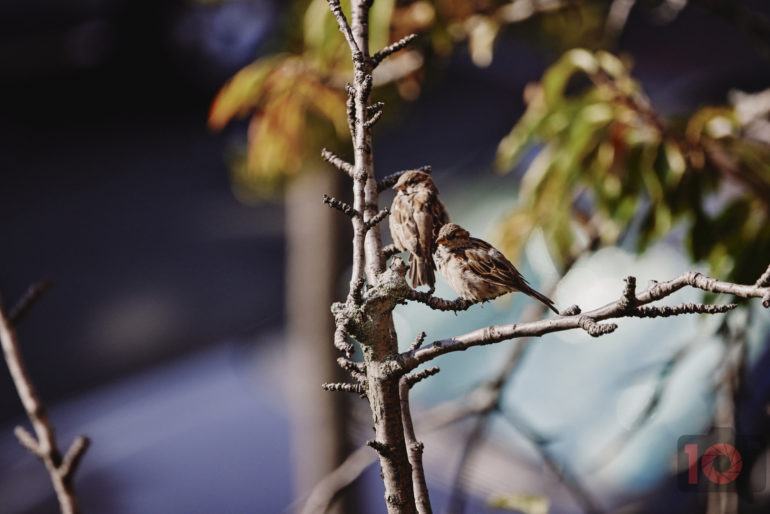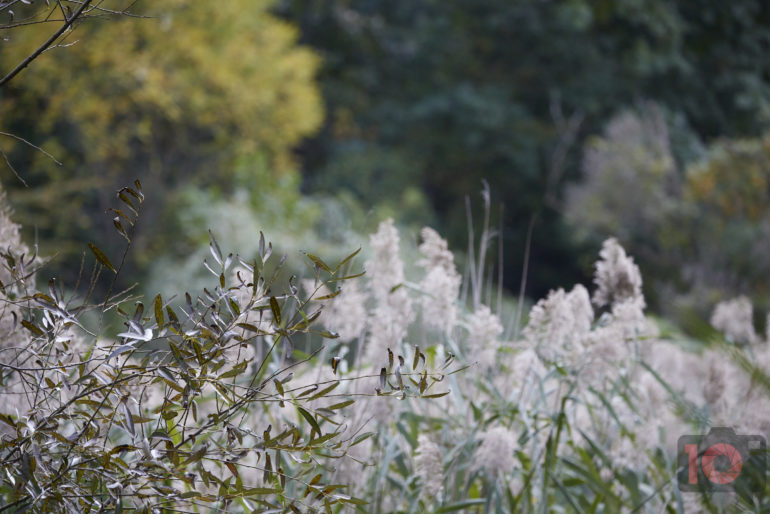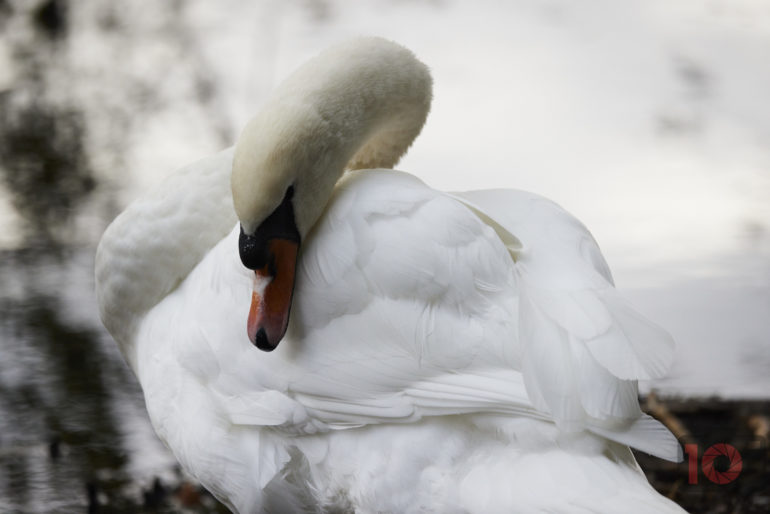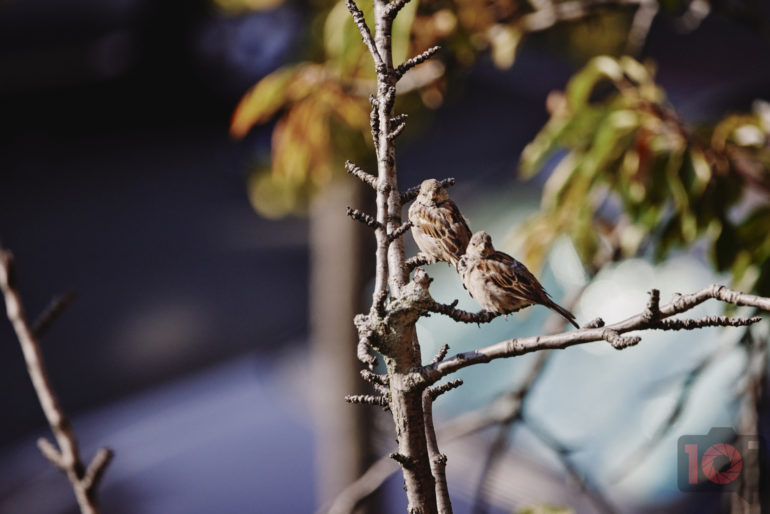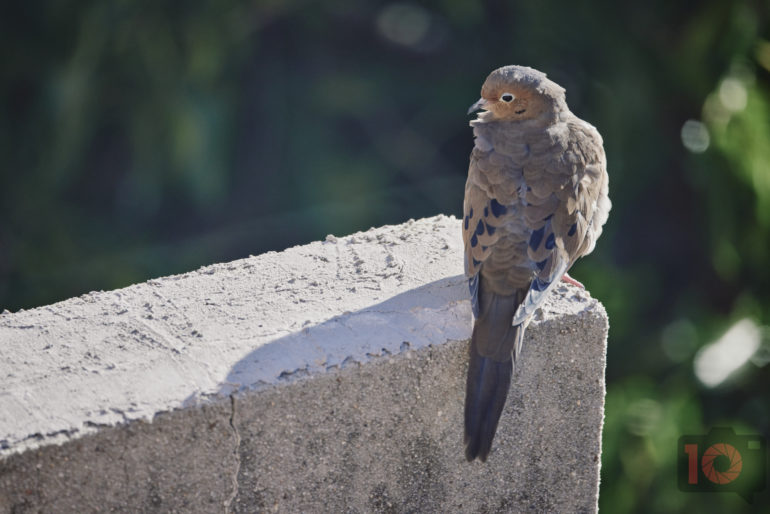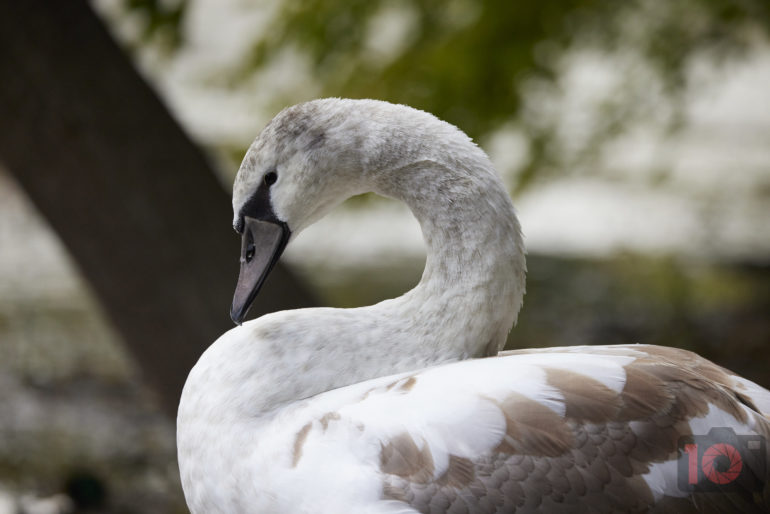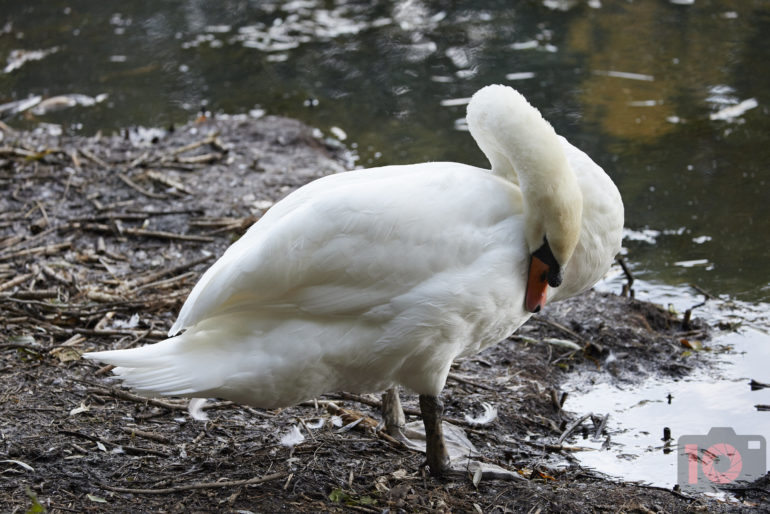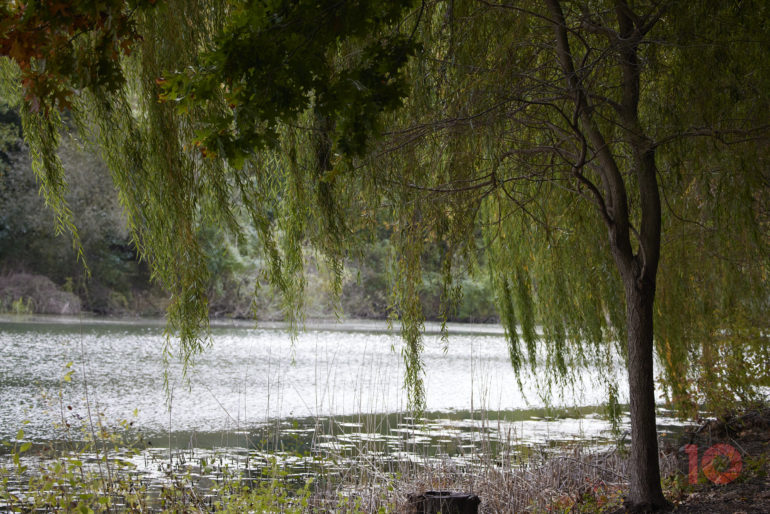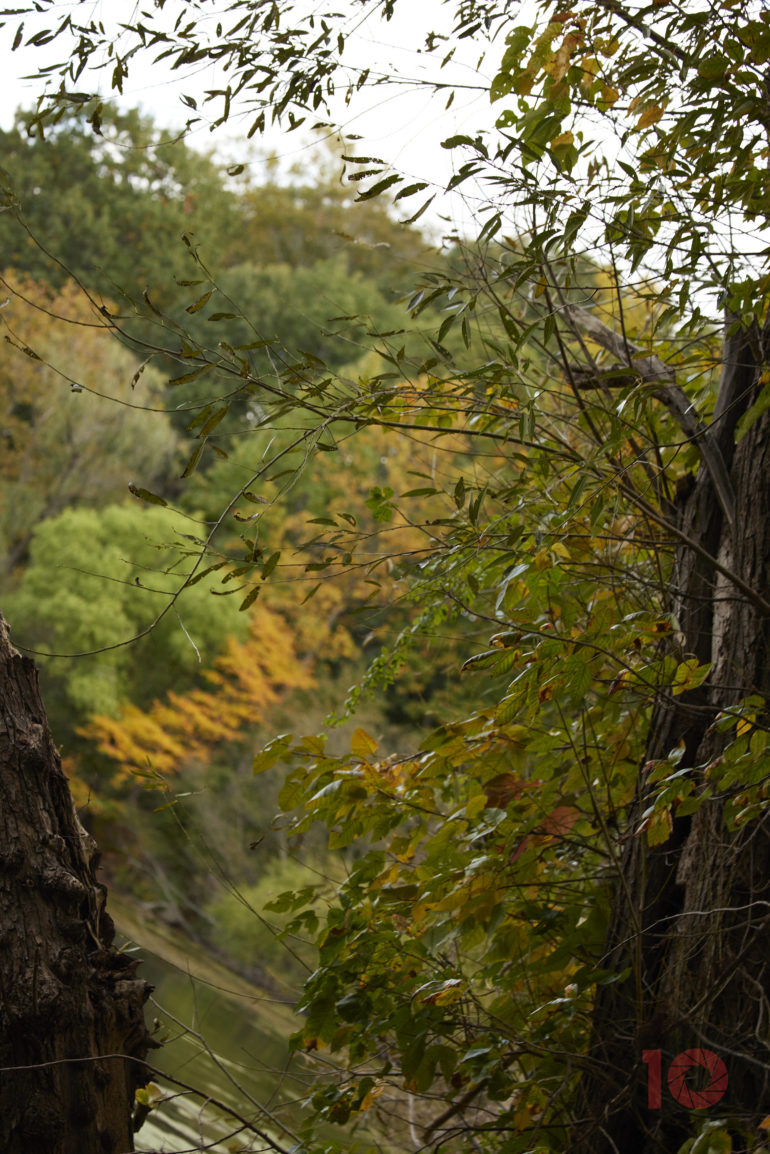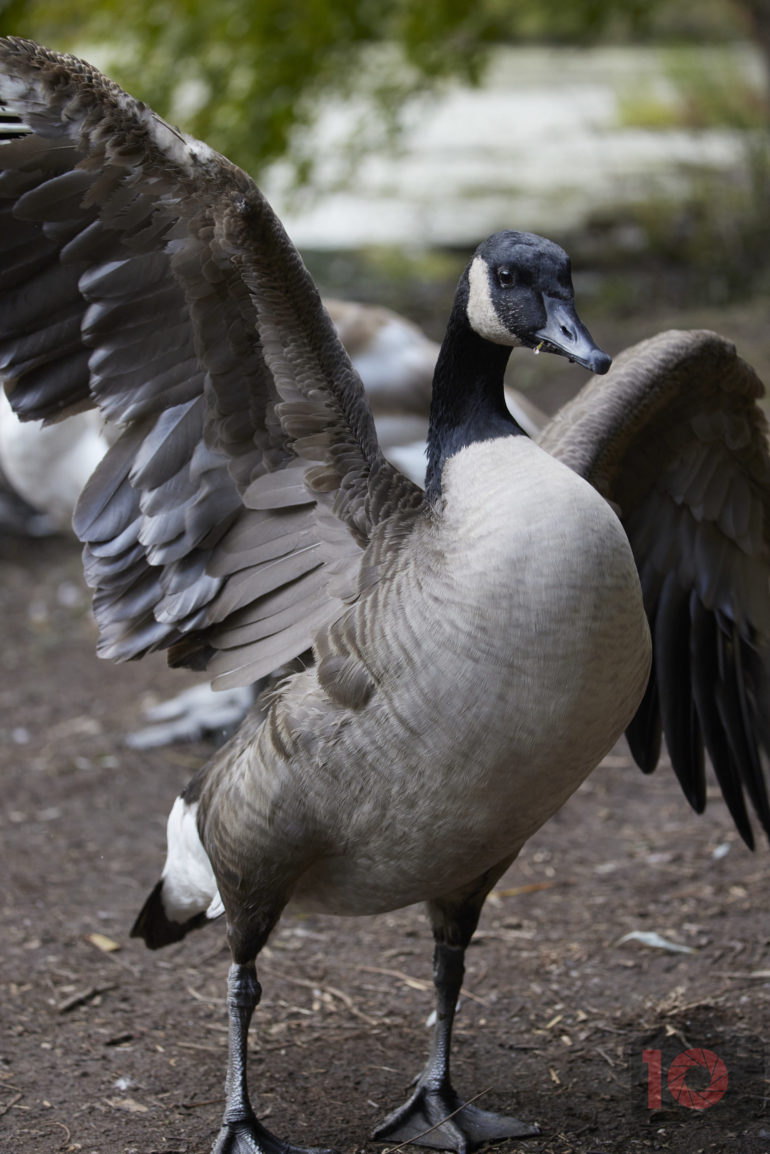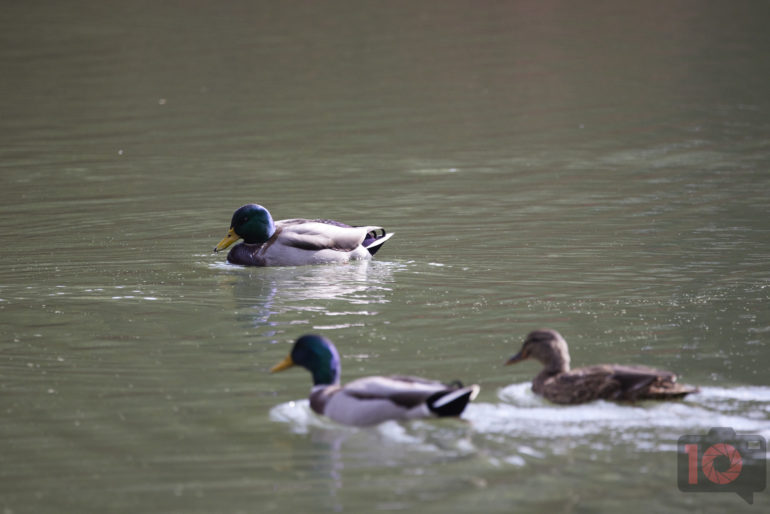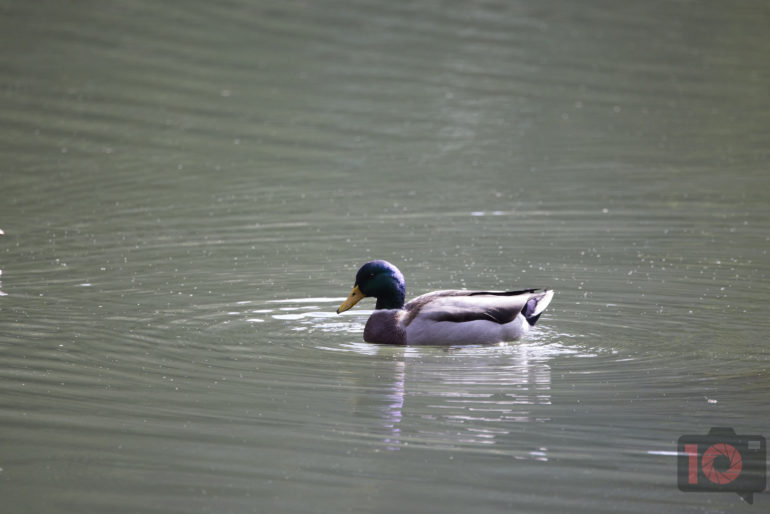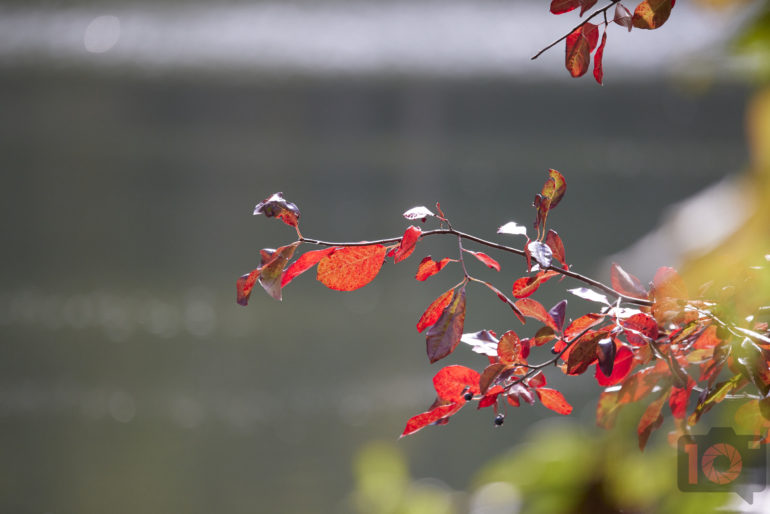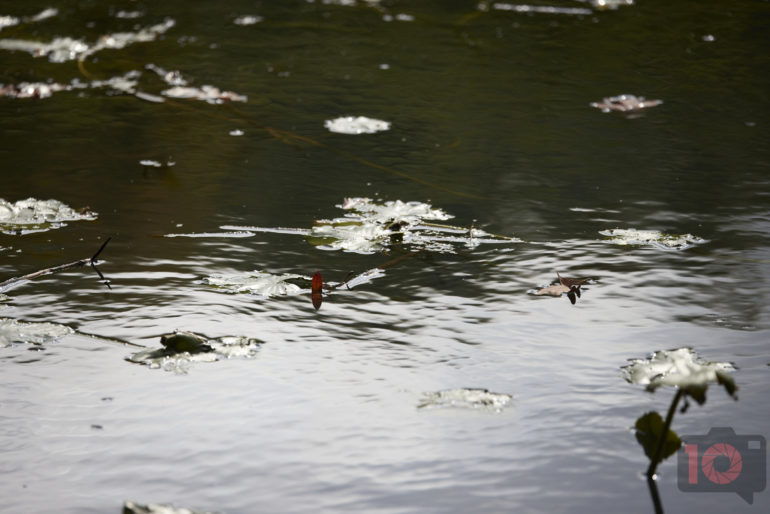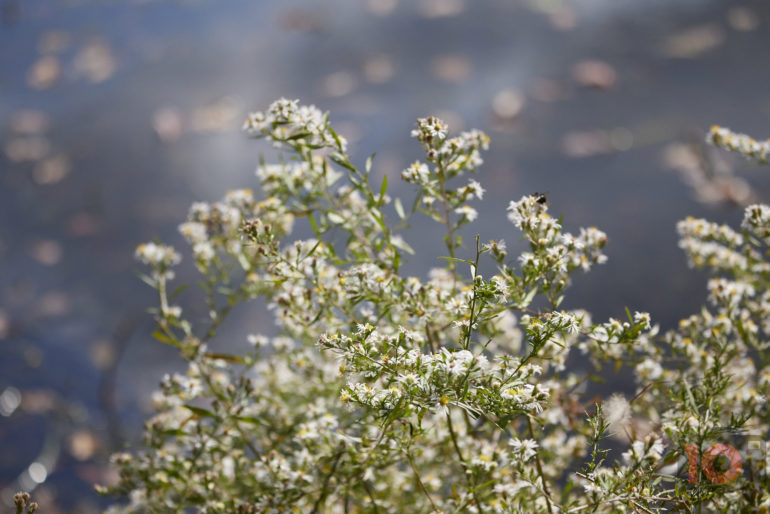Follow along with this review by clicking the Listen to This Article button. Give it a shot!
It shoots birds. In fact, the Canon RF 100-500mm f4.5-7.1 L IS USM does a great job of that. Make no mistake, this is a beastly lens. It’s large but not overly heavy. But if you’re birding, then it’s got exactly what you need if you’re using higher megapixel bodies. When we took it out birding, we were reminded why Canon’s lenses are so gorgeous. There isn’t anything major to complain about, but personally speaking, you may have your gripes. When you look at the image quality, build quality, and the competition, you’ll appreciate this lens a lot. What’s even more impressive is that you might not need to upgrade beyond the Canon EOS R.
Table of Contents
Pros and Cons
Pros
- Pretty light
- Fast-focusing
- Image stabilization is awesome
- Nice colors
- Gorgeous bokeh
- Super sharp
Cons
- Expensive
- F7.1 max aperture at the long end
Gear Used With the Canon RF 100-500mm f4.5-7.1 L IS USM
We tested the Canon RF 100-500mm f4.5-7.1 L IS USM with the Canon EOS R and the Canon EOS R5. At times, we included a Tiffen Polarizing filter.
Canon RF 100-500mm f4.5-7.1 L IS USM Tech Specs
Specs have been summarized from the LensRentals listing. Try before you buy!:
- 5 stops of image stabilization within the lens
- Weather sealing
- Customizable control ring
- Compatible with teleconverters
- 9 aperture blades
- 20 elements in 14 groups
- Three-foot minimum focusing distance
- 6 ultra-low dispersion elements
- 8.2 inches in length
- Weighs 3lbs
Canon RF 100-500mm f4.5-7.1 L IS USM Ergonomics
The Canon RF 100-500mm f4.5-7.1 L IS USM is a large white lens. Canon tends to make their longer telephoto lenses in this color, which helps with heat dissipation. The lens hood is also large. Notice the little door on the hood; that’s so you can adjust a filter. It’s a nice feature.
Let’s focus on the rings first. This lens has four of them. The large black one is the zoom ring, behind that is a white ring that adjusts the tightness of the zooming, then comes the small, black, manual focus ring, and near the mount is the customizable control ring. Indeed, there’s a lot of control here.
On the side are the other controls. There’s a focus limiter, autofocus on/off switch, stabilizer switch, and stabilization mode. They’re all conveniently placed. Luckily these haven’t been accidentally switched by me, but your mileage may vary.
Canon RF 100-500mm f4.5-7.1 L IS USM Build Quality
The Canon RF 100-500mm f4.5-7.1 L IS USM is super rugged. It’s designed to go outside and resist lots of rain. This is ideal for many bird photographers who will go out there and get dirty. It’s also exactly what every lens should be in 2020.
Durability aside, the Canon RF 100-500mm f4.5-7.1 L IS USM is large. You’ll spend most of your time holding it around the zoom ring, but that won’t negate the feeling. It surely feels larger than Canon’s 70-200mm f2.8. Twisting and turning the zoom ring will just make the lens change in size. Personally speaking, I’m not a fan of large lenses. But if you’re photographing birds, then this is your best bet. With the Canon EOS R, the package feels lighter overall. And if you’re in a stationed position waiting for birds to come by, I think you’ll be just fine. If you’re hiking with this lens, it’s another story. Use a camera strap for sure and pack light. It’s a large lens too, so you’ll need lots of space in your camera bag.
Canon RF 100-500mm f4.5-7.1 L IS USM Ease of Use
The Canon RF 100-500mm f4.5-7.1 L IS USM is a mixed bag in terms of use. It has a lot of controls on the side you should take note of. And there are four important rings on the lens: custom, tightening, zoom, and focus. If you’re experienced, then it’s an easy to lens to use. But if you’re just getting into photography, I’d shy away. Typically speaking, you’re going to spend most of your time at the long telephoto end. So if you do that, you can essentially use it as a prime. Of course, you also need to really use this lens with ample daylight. I can’t see a good reason to use this lens at night.
Using this lens with Canon’s cameras overall, though, is pretty simple. I typically set the cameras to face and eye detection. After ensuring that tracking autofocus was on, I just let the two work together. 97% of the time, the system was spot on. It even spotted the eyes of Mallard Ducks from pretty far away. This is incredibly impressive.
Something else worth talking about is image stabilization. We tested this lens on the Canon EOS R5 and the Canon EOS R both. With the latest firmware updates, both did an impressive job. The Canon EOS R5 can deliver at least seven stops of image stabilization at the long end of this lens. However, generally speaking, I shoot with it at ISO 1600 and above. In aperture priority, I can get a faster shutter speed this way. What absolutely amazed me, though, is how the Canon EOS R and this lens worked together. At 1/60th of a second, I was able to get acceptably blur-free photos. Considering the reciprocal rule of shutter speeds, that isn’t easy. And for Canon users, it’s nice to know that you don’t necessarily need to upgrade camera bodies.
Overall, it’s a complicated lens to use. And if you’re a beginner, you should stay away.
Canon RF 100-500mm f4.5-7.1 L IS USM Autofocus
As stated before, the autofocus here is fantastic. Part of this is thanks to the work Canon has done to improve their autofocus. Better yet, it’s impressive on both the Canon EOS R and the Canon EOS R5. With the Canon EOS R, I was able to track the face of a woman walking all the way down the other side of my block. Every shot was sharp. That’s truthfully all any modern photographer can ask for.
With the Canon RF 100-500mm f4.5-7.1 L IS USM on your camera, there’s almost no reason to take it off of Servo and Face Detection. That’s the case, at least for wildlife and sports. With the EOS R, our tracking sensitivity is bumped up a bit by default. But with the Canon EOS R5, I didn’t need to do any of that. Personally speaking, I don’t have a single bad thing to say about this lens’s autofocus. Canon did a fantastic job, and that probably helps to justify the price.
Canon RF 100-500mm f4.5-7.1 L IS USM Image Quality
It’s almost impossible to say something bad about the Canon RF 100-500mm f4.5-7.1 L IS USM in regards to image quality. It’s sharp, has gorgeous color, beautiful bokeh, etc. All you have to worry about is getting the shot. Personally speaking, I haven’t shot with a lens this beautiful since reviewing the Fujifilm 200mm f2 lens.
Bokeh
It should go without saying, but the bokeh of the Canon RF 100-500mm f4.5-7.1 L IS USM is beautiful and creamy. With 9 aperture blades, it’s easy to understand why. Couple this with the beautiful color and great sharpness, and your subject will really stand out. This will be really important for bird shooters. We found the best bokeh to be at 500mm and at f7.1. But throughout the range, it also still isn’t that bad. You’d think that you wouldn’t get all that much bokeh at a range like this too. But indeed, you’ll enjoy it all the way through.
What’s also nice is the character of the bokeh. It’s almost like there are little bokeh balls through the entire scene. It reminds me of old school Flickr photos I used to see.
Chromatic Aberration
In our tests, we found no major issues with fringing or aberrations. So let’s move on.
Color Rendition
The image above was shot in auto white balance with a Polarizing filter on. Despite this, the colors are very pleasing. They look almost like they’d be from a vivid painting. And in the image below, there is no filter. The colors again are beautiful. I’ve come to really appreciate the character and colors Canon lenses and cameras produce. I don’t think they’re as distinctive as Fujifilm or Leica, but they’re very close. I also believe that no photographer will take issue here. If you do, you can fix it in post-production.
Sharpness
We strongly believe that any lens gets the best sharpness when a flash is used, but that’s impractical with the Canon RF 100-500mm f4.5-7.1 L IS USM. Still, though, the sharpness is excellent throughout the zoom range. You’ll get more of it from higher megapixel bodies like the Canon EOS R5 and the Canon EOS R. But I’m sure it won’t be any slouch on the lower megapixel bodies either.
Extra Image Samples
Canon RF 100-500mm f4.5-7.1 L IS USM Conclusions
Likes
- Image quality
- Color
- Bokeh
- Build quality
Dislikes
- It’s so big
- Sort of pricey at $2,699
Here’s the deal, the Canon RF 100-500mm f4.5-7.1 L IS USM is an excellent lens. There isn’t really a single flaw about it. It’s compact compared to some competitors, the image quality is wonderful, and it’s weather sealed. And $2,699 for what you’re getting isn’t too awful of a price point, though it’s also not a no-brainer purchase. For what this lens is, it’s exemplary, and I think that any serious birding photographer will really enjoy it as long as you’re not hiking with it for a while. There isn’t much to complain about with the Canon RF 100-500mm f4.5-7.1 L IS USM.
Obviously, you’re thinking to yourself about this and how it compares to Sony. Sony has the 100-400mm G Master and their 200-600mm. Both are fine lenses. The latter is much more affordable, while the former is around $200 less expensive than Canon’s, but you’re also losing an extra 100mm. Both lenses are larger than the Canon option but with faster apertures at the longer end. However, the Canon RF 100-500mm f4.5-7.1 L IS USM gives you the most versatility.
With that said, I can’t really complain about this lens beyond my personal qualms.

The Canon RF 100-500mm f4.5-7.1 L IS USM receives five out of five stars and our Editor’s Choice award. Adorama has it for around $2,699.


